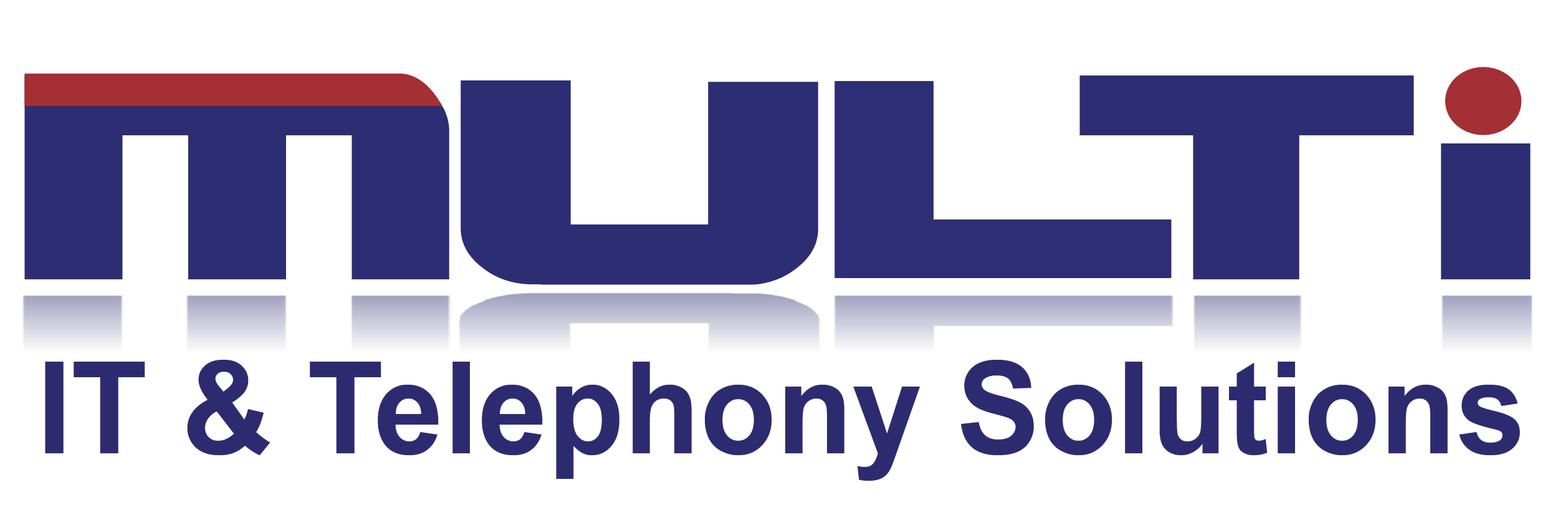In late August 2017, Hurricane Harvey caused widespread power outages and floods across Texas and certain parts of Louisiana. Weeks later, Hurricane Irma hit the coast, affecting Florida, Georgia, and South Carolina businesses. Disasters can be unexpected and cause a great deal of damage, regardless of where in the world you are. Which is why you need a good disaster recovery (DR) plan that has you prepared for the worst.
Determine recovery hierarchy
Certain parts of your IT are more mission-critical than others. Ask yourself which systems or data must be recovered in minutes, hours, or days to get your business back to running efficiently.
For example, you may find that recovering sensitive customer information and e-commerce systems take priority over recovering your email server. Whatever the case may be, prioritizing your systems ensures that the right ones are recovered quickly after a disaster.
Use image-based backups
Unlike fragile tape backups, image-based backups take “snapshots” of your systems, creating a copy of the OS, software, and data stored in it. From here, you can easily boot the virtual image on any device, allowing you to back up and restore critical business systems in seconds.
Take advantage of the cloud
The cloud allows you to host applications and store data in high-availability, geo-redundant servers. This means your backups can be accessed via the internet, allowing authorized users to access critical files from any device. Expert technicians will also watch over and secure your backups, allowing you to enjoy the benefits of enterprise-level backup facilities and IT support.
Back up your data frequently
Back up your data often. Get in the habit of replicating your files at the end of each day, which should be easy if you’ve opted for image-based backups.
Test your DR plan
After setting up your backups, check whether they are restoring your files accurately and on time. Your employees should be drilled on the recovery procedures and their responsibilities during and after disaster strikes. Your DR team should also be trained on how to fail-over to the backup site before disaster hits. Finally, providers, contractors, and customers need to be notified about how disasters will affect your operations before they happen.
It’s nearly impossible to experience little-to-no disruptions during disasters like Harvey or Irma, but with the right support, you can minimize downtime. If you’re concerned about any natural disasters putting you out of business, call us today. Multi IT offers comprehensive business continuity services that every company must have. Contact us on 011 435 0450 or by visiting our website.

